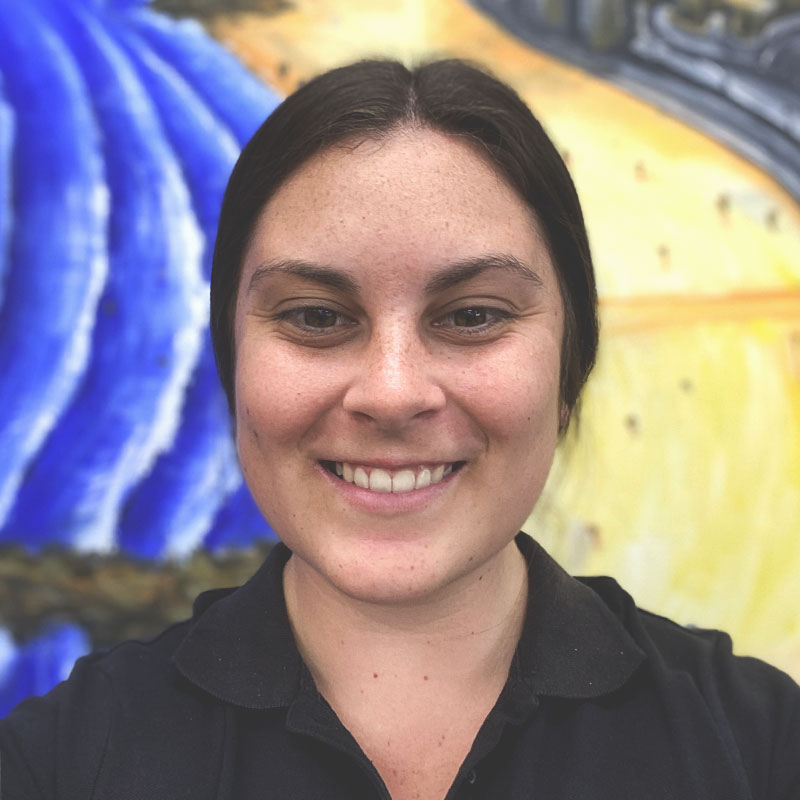Ehlers-Danlos syndrome (EDS) is a group of inherited disorders that affect your connective tissues – primarily your skin, joints and blood vessel walls.
Connective tissue is a complex mixture of proteins and other substances that provide strength and elasticity to the underlying structures in your body.
People who have Ehlers-Danlos syndrome usually have overly flexible joints and stretchy, fragile skin. This can become a problem if you have a wound that requires stitches, because the skin often isn’t strong enough to hold them.
Symptoms
There are many different types of Ehlers-Danlos syndrome, but the most common signs and symptoms include:
- Overly flexible joints. Because the connective tissue that holds joints together is looser, your joints can move far past the normal range of motion. Joint pain and dislocations are common.
- Stretchy skin. Weakened connective tissue allows your skin to stretch much more than usual. You may be able to pull a pinch of skin up away from your flesh, but it will snap right back into place when you let go. Your skin might also feel exceptionally soft and velvety.
- Fragile skin. Damaged skin often doesn’t heal well. For example, the stitches used to close a wound often will tear out and leave a gaping scar. These scars may look thin and crinkly.
Symptom severity can vary from person to person and depends on the specific type of Ehlers-Danlos syndrome that you have.
The most common type is called hypermobile Ehlers-Danlos syndrome.




